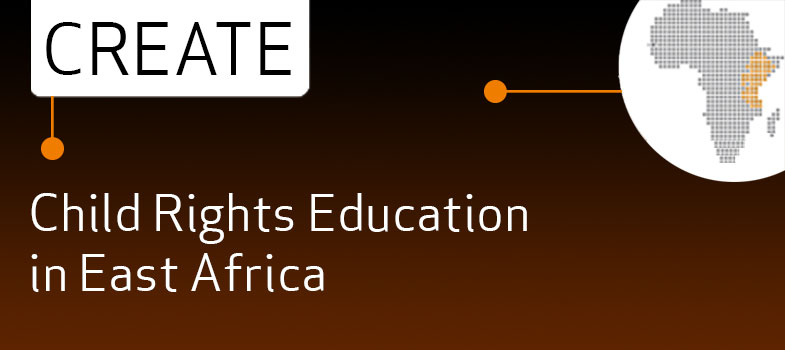2.10 Who is protected from discrimination?
If you look back at the box that contains the Articles from the UN Convention and the African Charter, you will see that in the Articles on discrimination there is a list of categories of children who are entitled to protection from discrimination. Children are often discriminated against because of their own or their parents’ or guardians’ race, colour, sex, language, religion, political or other opinion, national, ethnic or social origin, disability, fortune or birth status. That is why these categories are specifically listed in the UN Convention and the African Charter.
However, it is important to note that both the UN Convention and the African Charter include ‘or other status’ at the end of the list of categories. Human nature is such that people will continue to find ways of including or excluding groups of people based on distinctions in how we look or sound, our history and how we behave. The Convention and Charter are clear that no category of distinction permits the denial of any child’s human rights.
Activity 2.4: Children that are particularly at risk of discrimination
Think about the work that you do in your health facility or other place of work.
Are there particular categories of children you see that might experience discrimination and are therefore be in need of protection against discrimination? Try to identify at least three categories of children that are particular to your country or locality.
For each category you have identified, how might discrimination occur? Can you say whether this discrimination is direct or indirect?
Discussion
Your list might include children with disabilities, street children, children from some ethnic backgrounds, children from families of particular religious groups, or girls and young women.
If you thought about street children, a specific issue is that they could be refused access to a health centre because they are unwashed. The policy to stop unwashed children from entering the health centre will result in indirect discrimination against street children, preventing them from accessing health services that are important to their needs and the fulfilment of their right to health.
In some East African countries, a category of children that are particularly at risk is albino children, who have a genetic condition that causes a deficiency of melanin pigment in the skin, hair and eyes, resulting in a pale complexion and little protection from the sun’s ultraviolet rays. Many albino children in East Africa continue to be feared and even murdered for their body parts which are used in medicine believed to cure a wide variety of ailments. Albino children in Tanzania are often forced into exile. This form of extreme treatment is direct discrimination, denying children their right to security, to a family life and the right to participate in the community.
2.9 Treating children according to their needs
